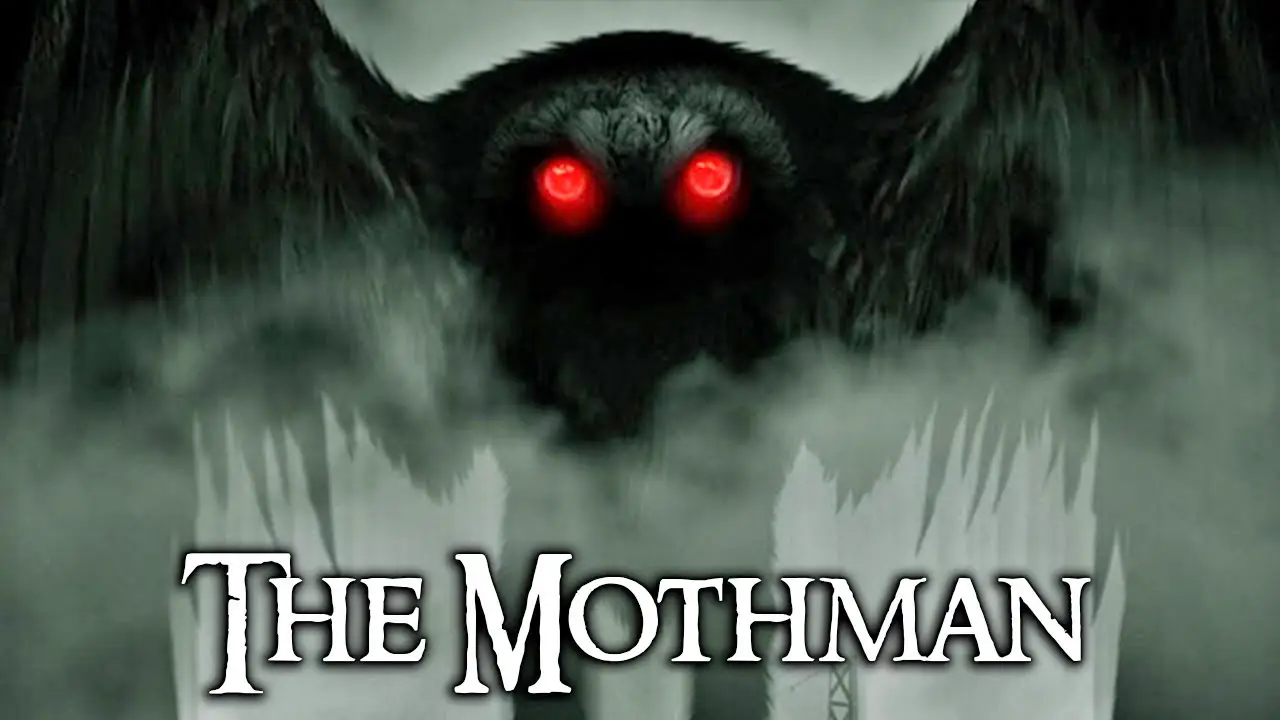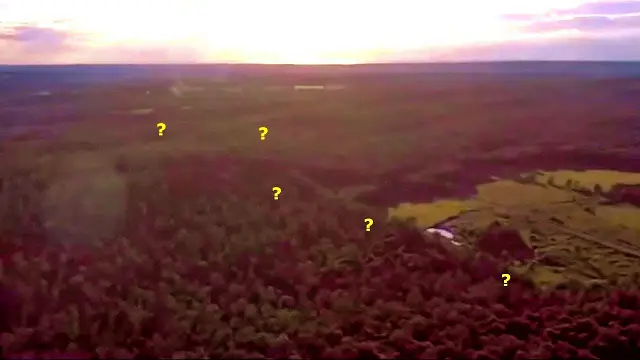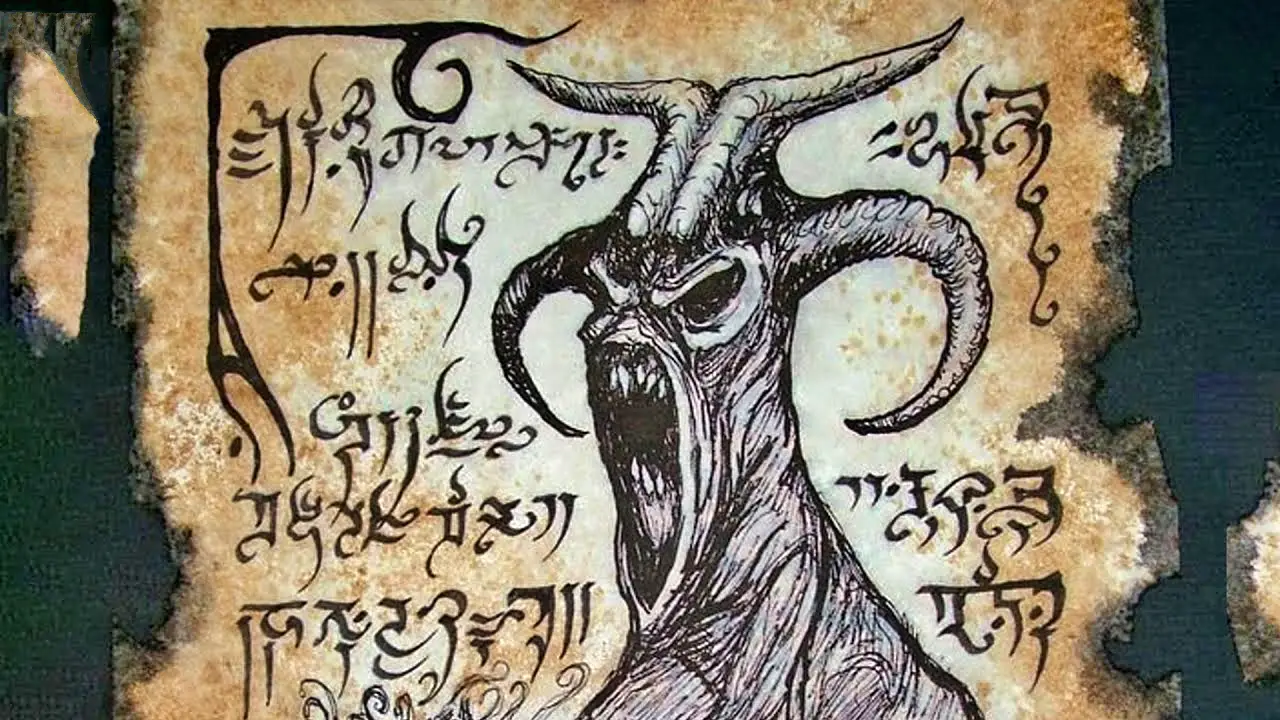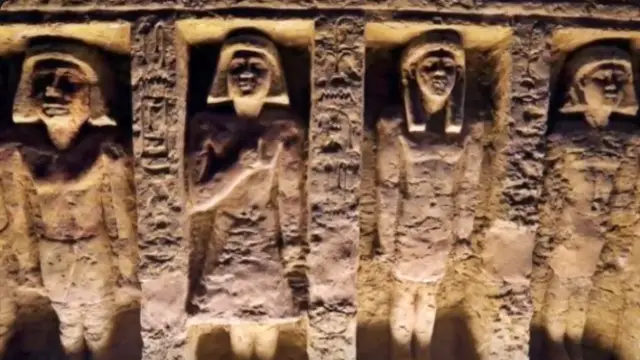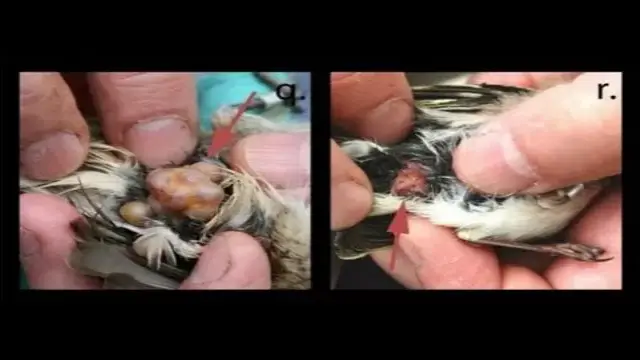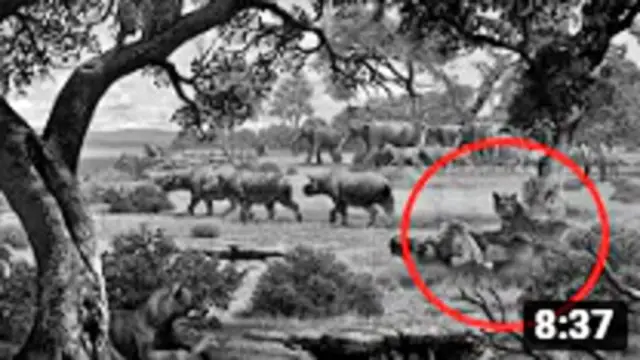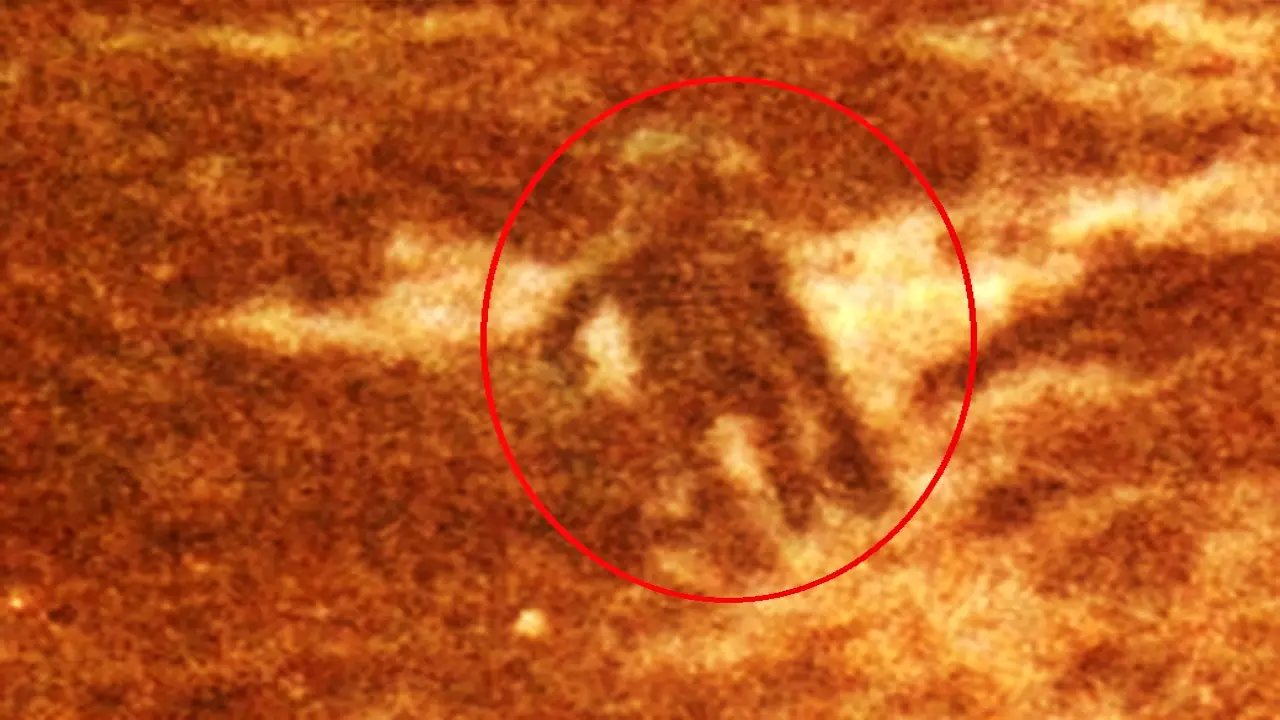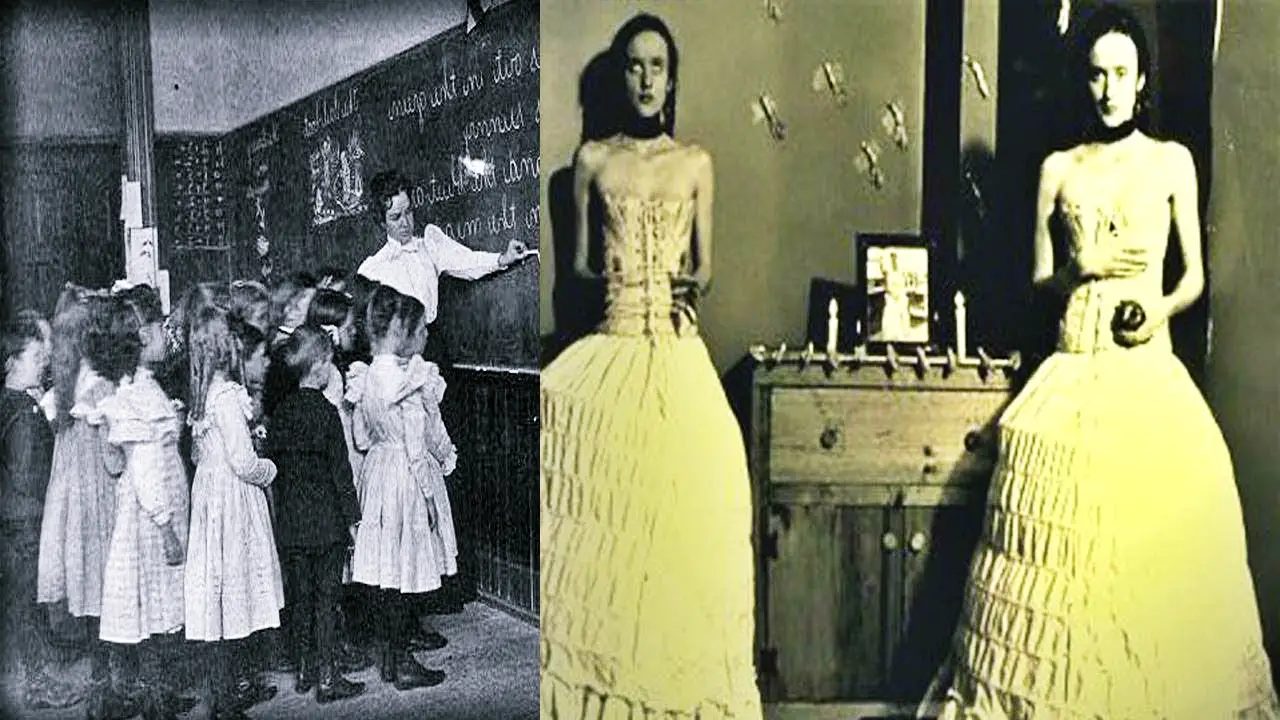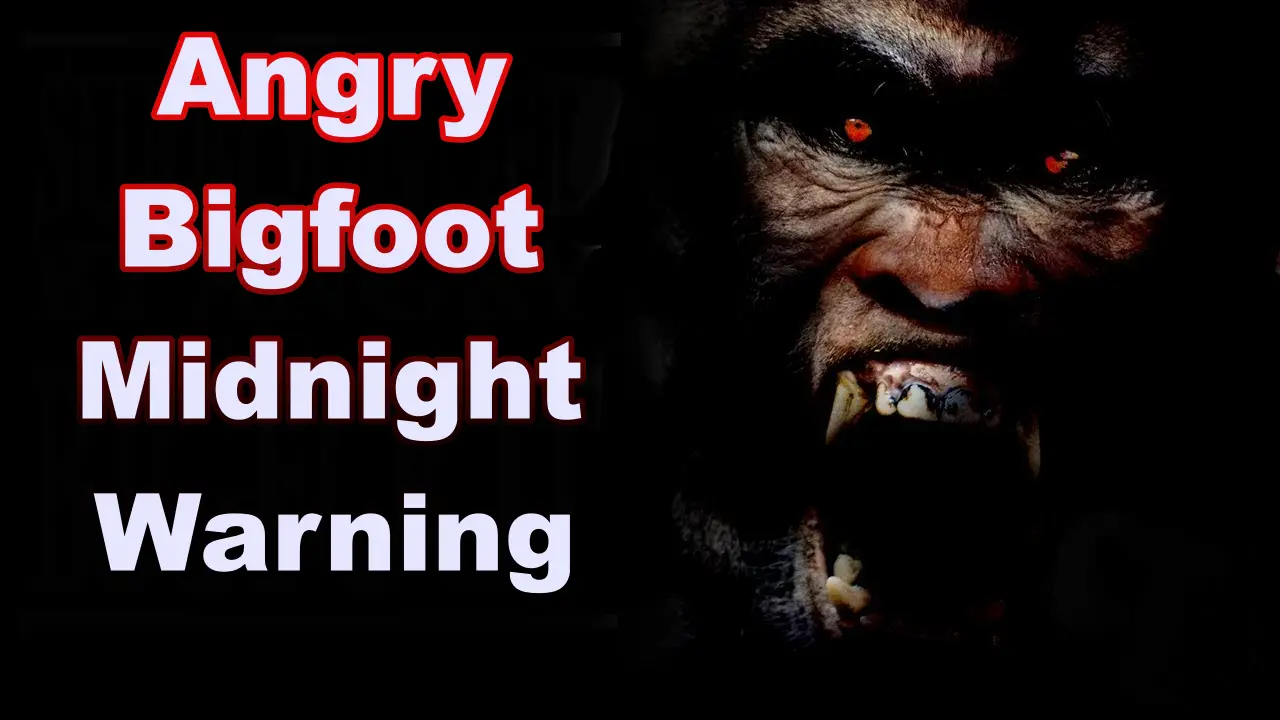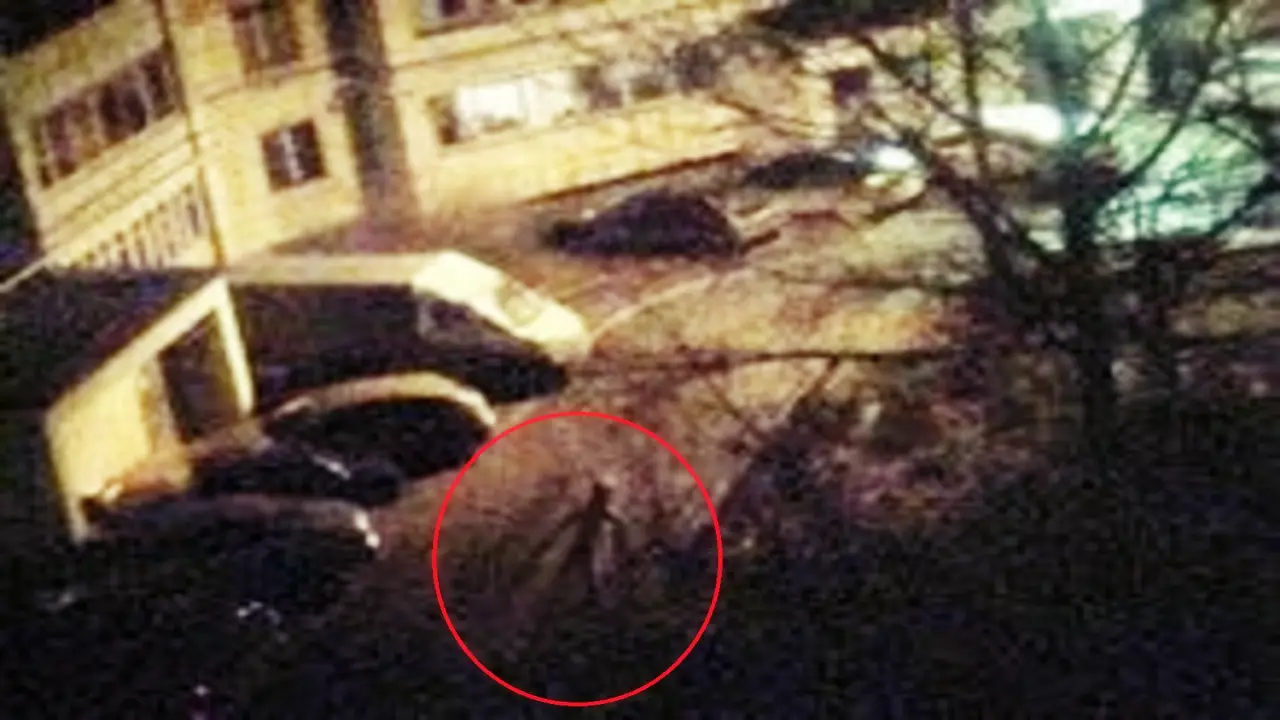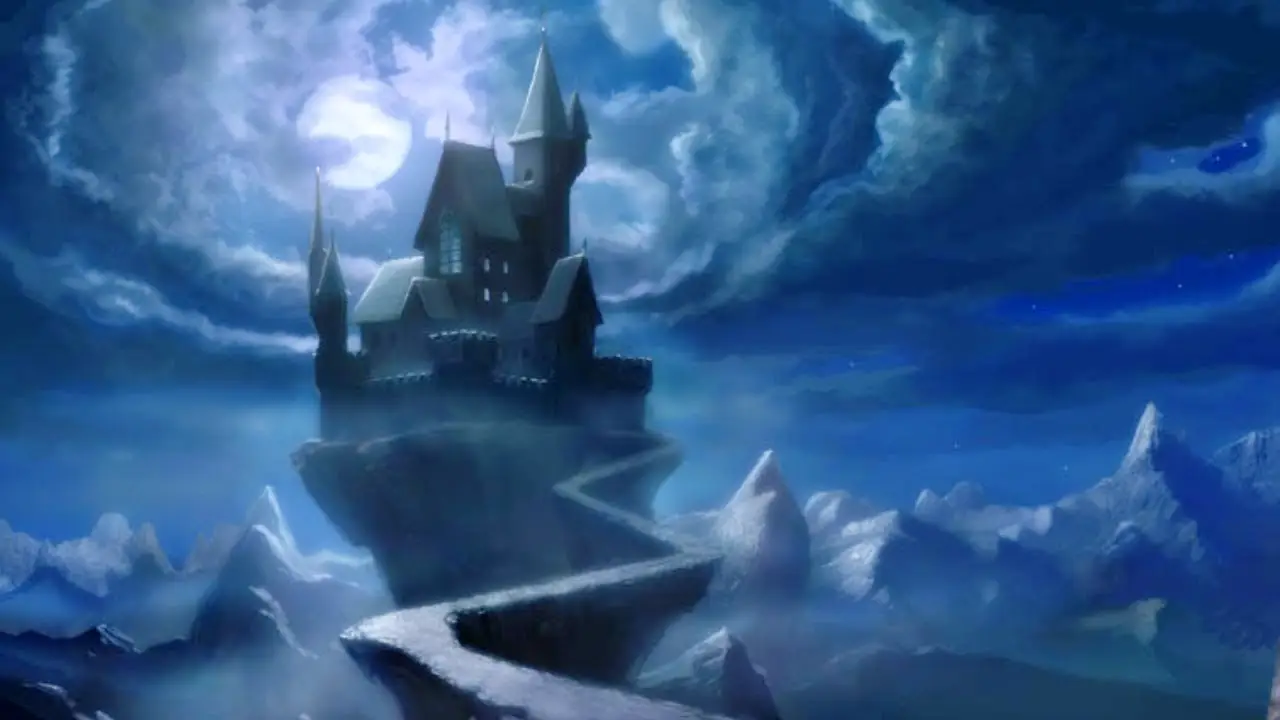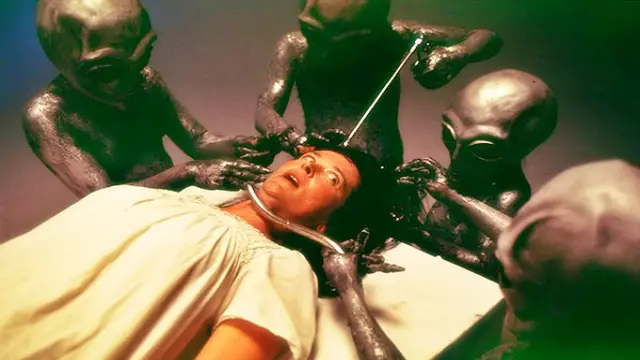Happy Birthday, Francis Maitland Balfour
n
Born on this day in 1851, this British biologist made contributions in the fields of embryology, morphology, and evolution. Sadly, Balfour’s career was cut short when he died trying to climb the highest mountain in the Alps, Mont Blanc.
n
- Embryology is the study of the development of embryos—that is, animals before hatching or birth (or plants before germination).
n
n
- Morphology is the study of the form and structure of animals (and plants). It’s rather like comparative anatomy.
n
n
- Evolution, as I am sure you know, is gradual change over time. In this biological context, evolution means gradual changes in the forms and lifestyles of animals (and plants and other living things) over the course of thousands and millions of years.
n
n
n
n
n
Human and Pig Embryos
n
Balfour pointed out that vertebrates (animals with backbones) and some invertebrates (animals without backbones) are obviously related because they all have notochords (flexible rods of cells extending down the body) when they are embryos. He agreed with some scientists of his time that the development of an embryo tends to go through the various forms that the organism’s ancestors had during the evolution of that organism. This theory is called recapitulation, and today it is considered an oversimplification and therefore inaccurate.
n
Here is a case in which recapitulation does not happen: A chicken and a lizard look more alike at certain early stages of embryonic development than they do as adult animals. This is not surprising since chickens and lizards have common ancestors if you look back far enough. Chickens and all other birds evolved from reptiles, specifically dinosaurs, which of course had teeth. But chickens do not go through a stage as embryos in which they have teeth. (They do, however, have the genes for teeth and can be made to grow teeth if we manipulate those genes to “turn them on.”)
n
In some cases animals’ evolutionary stages do seem to be echoed by their embryonic stages. For example, whale embryos begin to grow legs that later disappear. Whale embryos also grow hair that is later lost.
n
n
Watch embryos develop!
n
Have you ever considered incubating chicken eggs? Here is a website that explains how and also details “candling” eggs so you can see the developing chicks.
n
Check out human embryology with The Visible Embryo. Click on each picture to get a close-up and a description of that stage.
n
This is a more advanced site, but it has lots of interesting things to look at, read, and listen to covering topics on evolution.
n
n





